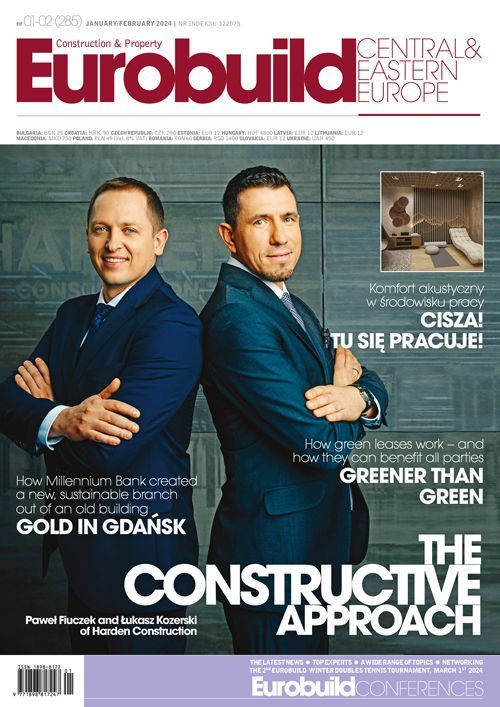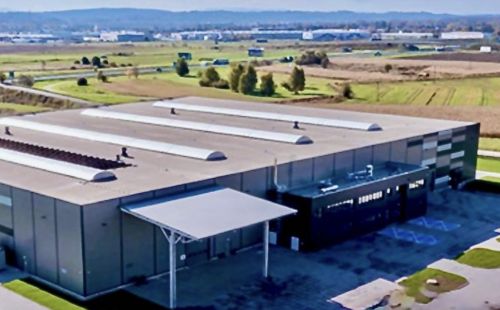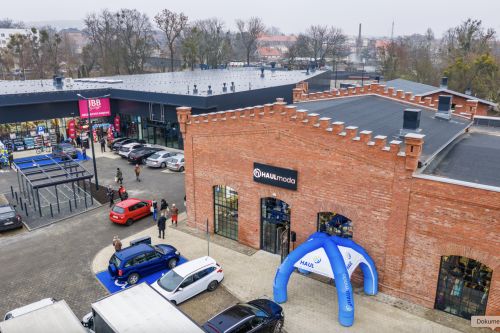Those calling for the working week to be shortened even further so that employees can attain a better work-life balance are becoming increasingly loud and insistent. The benefits for organisations are supposed to include improved productivity, with the assumption being that given less time to complete a given task we actually work faster, we set out our priorities are duties better, and we think through our business decisions more efficiently.
Organisations have been experimenting for some time with various different models of the four-day working week. Some have been trialling a compressed model in which employees work for ten hours, four days a week, giving them an extra day off. Others are going a step further than this, offering full pay for fewer working hours, such as eight hours a day for four days. These approaches, which are being tested out in the form of pilot schemes by the divisions of certain global corporations, are currently being considered in some countries, such as































































